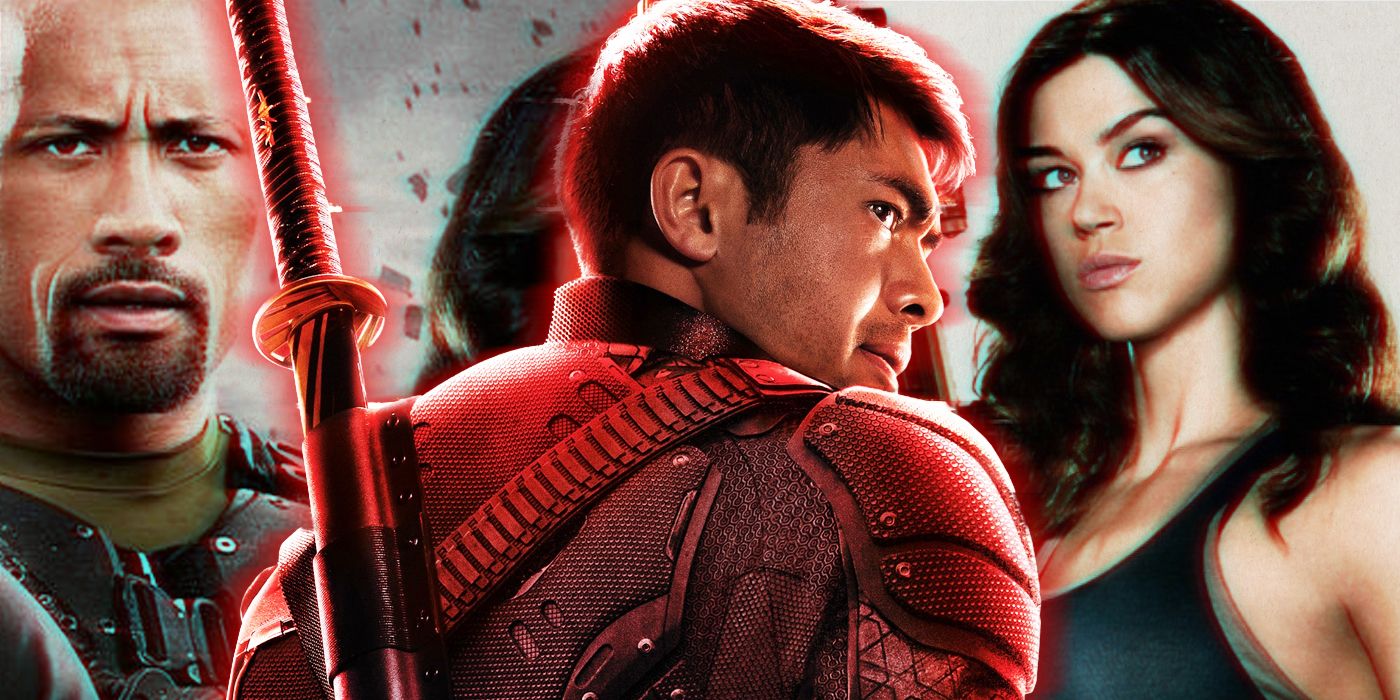G.I. Joe, the iconic American media franchise and line of action figures, has been a beloved part of the toy industry for decades. Owned and produced by the renowned toy company Hasbro, G.I. Joe has captivated generations of children with its realistic depiction of the U.S. armed forces and the ongoing struggle between the heroic G.I. Joe team and the villainous Cobra organization.
The origins of G.I. Joe can be traced back to 1964, when Hasbro introduced the original 12-inch (30 cm) line of action figures. These realistic representations of soldiers, sailors, pilots, and marines quickly captured the imagination of children, leading to the coining of the term “action figure” to differentiate these dynamic toys from the more traditional dolls.

In the United Kingdom, the G.I. Joe line was licensed to Palitoy and known as Action Man, further expanding the franchise’s global reach and popularity. As the American line evolved into the Real American Hero series in the 1980s, the UK counterpart also underwent a transformation, adopting the same molds and being renamed as Action Force.
The hallmark of the G.I. Joe franchise has been its commitment to realism and attention to detail. While the characters are not superheroes, they possess a wide range of expertise, from martial arts and weapons proficiency to specialized knowledge in areas like explosives and espionage. This grounded approach to the characters and their abilities has contributed to the franchise’s enduring appeal, allowing children to immerse themselves in a world of military action and heroism.
The 3.75-inch (9.5 cm) scale relaunch of the G.I. Joe line in 1982 marked a significant turning point for the franchise. This new iteration, complete with a complex background story and a vast array of vehicles, playsets, and supporting characters, further expanded the G.I. Joe universe and captivated a new generation of fans.

The ongoing struggle between the G.I. Joe team and the sinister Cobra organization, which seeks to take over the Free World through terrorism, has become the central narrative thread that has kept audiences engaged over the decades. This epic clash of good versus evil, set against the backdrop of the U.S. military, has resonated with children and adults alike, tapping into the universal themes of heroism, sacrifice, and the pursuit of justice.
One of the most remarkable aspects of the G.I. Joe franchise is its ability to transcend the boundaries of toys and become a true American icon. In 2004, G.I. Joe was inducted into the National Toy Hall of Fame at The Strong in Rochester, New York, a testament to its enduring popularity and cultural significance. This accolade was further solidified in 2017 when G.I. Joe was inducted into the Pop Culture Hall of Fame, recognizing its deep-rooted impact on American popular culture.

The success and longevity of the G.I. Joe franchise can be attributed to its ability to evolve and adapt to the changing tastes and preferences of its audience. While the core elements of realism, military expertise, and the ongoing struggle between good and evil have remained constant, the franchise has continuously introduced new characters, vehicles, and storylines to keep the experience fresh and engaging for both longtime fans and newcomers.
In conclusion, G.I. Joe’s status as an American icon among toys is a testament to its enduring appeal and cultural significance. From the original 12-inch action figures to the modern 3.75-inch Real American Hero line, the franchise has captivated generations of children and adults, inspiring their imaginations and fostering a love for the heroic exploits of the G.I. Joe team. As Hasbro continues to build upon this beloved legacy, the future of G.I. Joe remains bright, ensuring that the brand will continue to hold a special place in the hearts of toy enthusiasts and pop culture aficionados for years to come.





